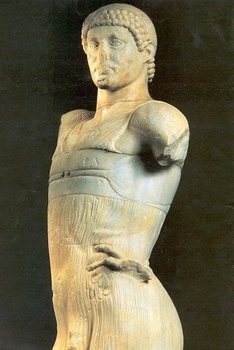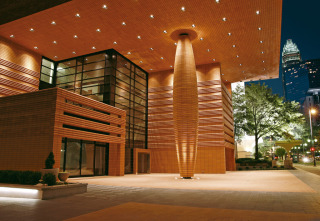 This year has brought the art-world version of “If a tree falls in a forest…” On January 2, a modern art museum, designed by Mario Botta, architect of SF MoMA, opened in Charlotte, NC, and I’ve seen little mention of it outside the local press in the U.S.
This year has brought the art-world version of “If a tree falls in a forest…” On January 2, a modern art museum, designed by Mario Botta, architect of SF MoMA, opened in Charlotte, NC, and I’ve seen little mention of it outside the local press in the U.S.
Strange. The Bechtler Museum of Modern Art does indeed exist. It owns a collection of 1,400 works by artists including Warhol, Giacometti, Degas, Picasso, Calder, Miro, de Stal, Tinguely, Hepworth, Ernst, Rouault, and more. They were acquired by a Swiss couple named Hans and Bessie Bechtler, who made their money with an air-filtration company and began collecting in the 1940s. Their son Andreas, born in Switzerland but a resident of Charlotte since 1979, inherited some of their holdings. He suggested a museum and contributed the art; many of these works have never been on public display. The inaugural exhibition includes 116 of them.
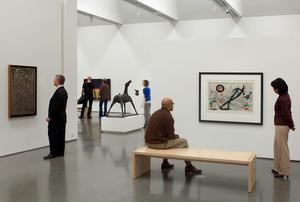 The Bechtlers seem to have befriended many artists, as they collected, according to the Charlotte Observer; it has created a fascinating slide show of both vintage and new images, called “Inside the Bechtler Museum.” Among other things, it says that “Hans Bechtler founded the Alberto Giacometti Foundation in Zurich” in the caption for a lovely photo of the two. The Observer also published short briefs on various family members.
The Bechtlers seem to have befriended many artists, as they collected, according to the Charlotte Observer; it has created a fascinating slide show of both vintage and new images, called “Inside the Bechtler Museum.” Among other things, it says that “Hans Bechtler founded the Alberto Giacometti Foundation in Zurich” in the caption for a lovely photo of the two. The Observer also published short briefs on various family members.
The Charlotte Business Journal, meanwhile, tells the Bechtler story here, and an excellent article by something called Swisster is here.
The cost of the building — which has 17,000 sq ft of exhibition space within a 35,600 sq ft building — was $20 million, picked up by the public as part of “a public-private partnership” for cultural facilities on Charlotte’s South Tryon Street. The other institutions in the “Wells Fargo Cultural Campus” are the Mint Museum of Art/Uptown, the Knight Theater and the Harvey B. Gantt Center for African American Arts & Culture. It was the Wachovia Cultural Campus, named for the local bank that was taken over by Well Fargo, a victim, or perpetrator, depending on your view, of the economic crisis. The bank has a tower in the complex.
Maybe the Bechtler hasn’t received notice because it is seen as a vanity museum — but then what about the other single-collector, named museums? Maybe the art — despite the stellar names — just isn’t that great. Maybe Charlotte seems too far away from art-world centers of gravity — which would be a shame. The city’s population is nearly 700,000, and in the metro area, it exceeds 2.5 million.
Or maybe, there just isn’t the space or the budgets to do the story.
Photo Credit: Courtesy Bechtler Museum of Modern Art

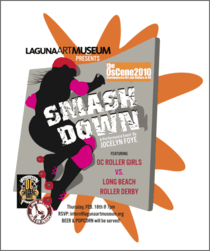 Is this art? It depends on how you fill in the Xs and Ys, doesn’t it? If X = ESPN, say, and Y = a television spectacle, it wouldn’t be.
Is this art? It depends on how you fill in the Xs and Ys, doesn’t it? If X = ESPN, say, and Y = a television spectacle, it wouldn’t be. 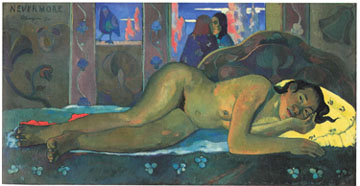
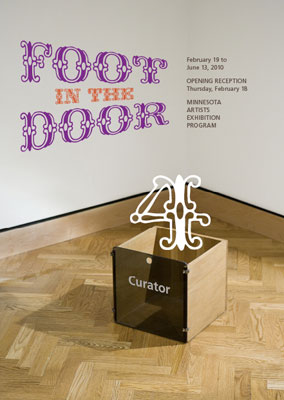 Minnesota is a good place to be an artist for many reasons, and here’s one that takes place every 10 years (since 1980): Starting tomorrow, Feb. 19, the
Minnesota is a good place to be an artist for many reasons, and here’s one that takes place every 10 years (since 1980): Starting tomorrow, Feb. 19, the 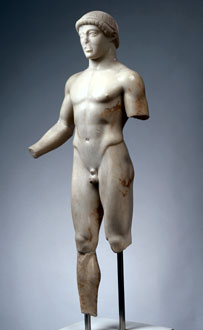 This will get lots of press, so I won’t dwell on it — let’s just get the news out:
This will get lots of press, so I won’t dwell on it — let’s just get the news out: 